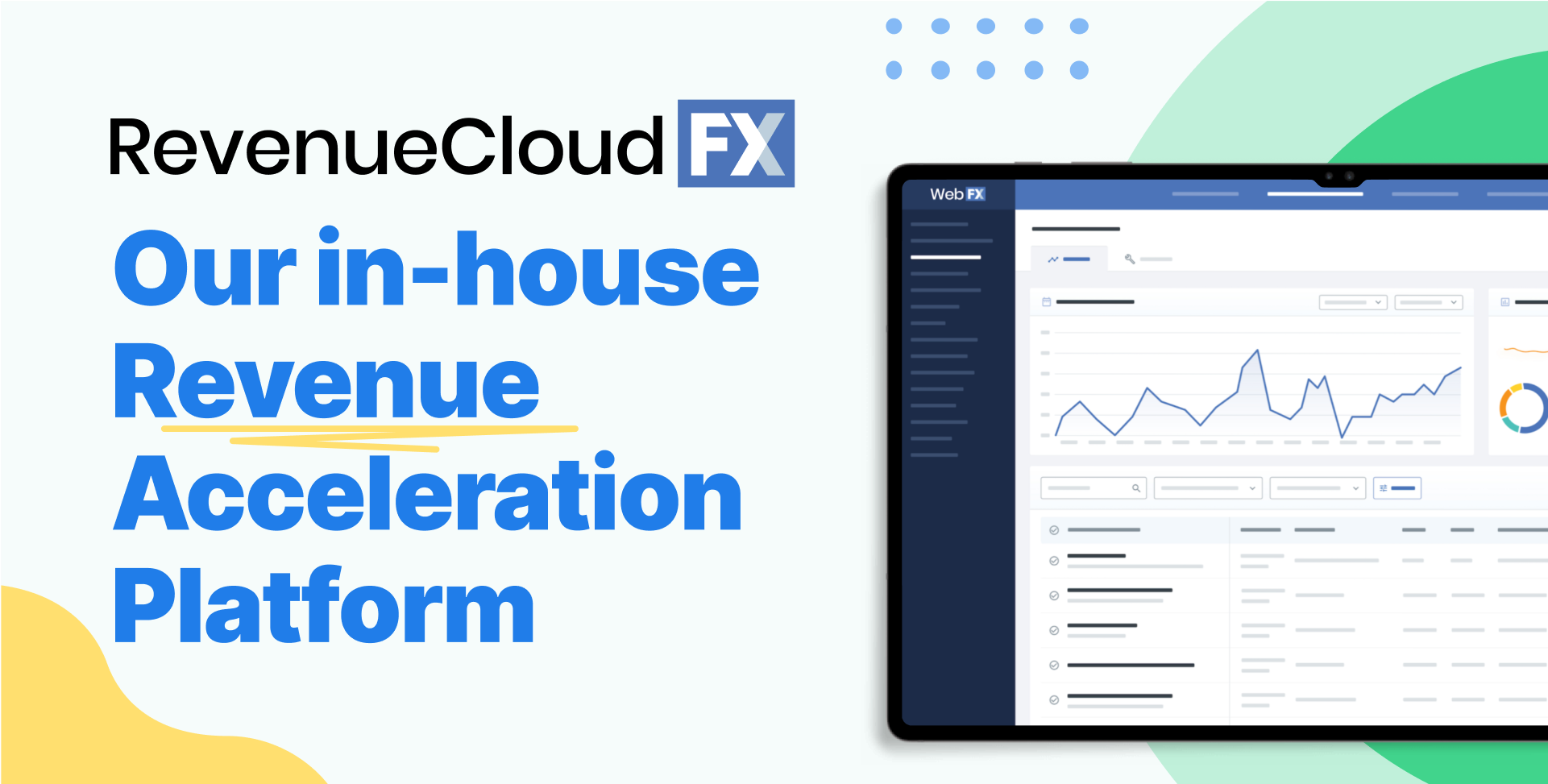-
 Published: Apr 25, 2023
Published: Apr 25, 2023
-
 6 min. read
6 min. read
-
 Maria Carpena
Maria Carpena Emerging Trends & Research Writer
Emerging Trends & Research Writer
- Maria is an experienced marketing professional in both B2C and B2B spaces. She’s earned certifications in inbound marketing, content marketing, Google Analytics, and PR. Her favorite topics include digital marketing, social media, and AI. When she’s not immersed in digital marketing and writing, she’s running, swimming, biking, or playing with her dogs.
Data stack definition: A data stack is a set of tools and technologies used to gather, process, store, and analyze data in a cloud-based data platform.
Data has become one of the most important commodities in the modern world. For many businesses, data fuels their strategies.
However, businesses must collect, transform, organize, and analyze data before it becomes valuable. To do all these steps, companies need a data stack.
If you want to know more about modern data stacks, you’re in the right place. This blog post discusses the following topics:
- What is a data stack?
- Modern data stack vs. legacy data stack
- 3 benefits of a data stack
- 7 data stack tools
While you’re here, subscribe to our free weekly newsletter to receive the latest intel on data and digital marketing!
Don’t miss our Marketing Manager Insider emails!
Join 200K smart marketers for the hottest marketing news and insights in your inbox.
Inline Subscription Form
“*” indicates required fields


What is a data stack?
A data stack is a set of tools and data technologies you use to gather, process, store, and analyze data in a cloud-based data platform.
Because raw data isn’t helpful to businesses like yours, you need a data stack to manage data and make it useful for your company. A modern data stack usually has the following software tools:
- Data warehouses
- Data science tools
- Business intelligence and data visualization tools
- Extract, Load, Transform (ELT) data transformation tools
- Data ingestion and integration tools
- Reverse ETL tools
- Data orchestration tools
The tools in a modern data stack manage big data, a complex data set that different industries use to discover trends and patterns.
Read: 50+ Data Terms You Must Know
Modern data stack vs. legacy data stack
Various industries have been using data for decades. However, data usage and management have evolved through the years.
As more industries became digitalized, demand for data increased, resulting in the need for new data management tools. Organizations needed a flexible and scalable data stack to help their teams with data-driven decision-making.
A legacy data stack is an older system used to manage data in the past. It is based on an older architecture that may not be compatible with today’s data volume and type.
Meanwhile, a modern data stack is based on newer technology designed to handle big data. Here’s a comparison of the difference between a modern and a legacy data stack.
Legacy Data Stack Vs. Modern Data Stack |
||
| Legacy Data Stack | Modern Data Stack | |
| Scalability | Limited | Highly scalable |
| Data processing | Batch-based | Real-time |
| Data storage | Relational databases, which is a database type that stores and provides access to data points that are related to one another | Data lake, which allows you to store all your data at any scale |
| Flexibility | Limited | Highly flexible |
3 benefits of a data stack
Using a data stack brings businesses these benefits:
Let’s go through each one:
1. Scalability
A modern data stack can adjust according to your business needs, allowing you to scale up or down.
For example, let’s say you’re in the business of wildlife removal with a few branches in various cities. You may not need all the components in your data stack immediately. As your business expands to more locations, however, the other tools in your data stack may come in handy.
2. Flexibility
Different companies from various industries have different needs. A modern data stack offers your business flexibility to meet yours.
If your business doesn’t need a particular service within a stack, you can remove it so that you won’t spend for that service. In addition, a modern data stack enables you to integrate the tools into your infrastructure easily.
3. Efficiency
The tools in your data stack can work together seamlessly in a cloud platform. It can automate tasks such as data visualization, thus assisting your data team with analysis.
Because your data is saved in the cloud, different team members can access your data presented in a streamlined presentation.
7 data stack tools
Here are seven components that you should look for in a data stack:
1. Data warehouse
A data warehouse is a repository of your company’s organized data. It is designed to support business intelligence activities such as analytics. Look for a robust, scalable, and efficient data warehouse.
Meant to perform queries and analysis, data warehouses typically contain a vast amount of historical data, which is collected from various sources.
Here are some popular data warehouse tools:
- Amazon Redshift
- Databricks Lakehouse Platform
- Google Cloud BigQuery
- Snowflake
- Vertica
2. Data science tools
A data science tool processes, extracts, and analyzes raw data. It intends to find valuable insights using different data processing techniques, such as statistics, computer science, predictive modeling, and deep learning.
Look for user-friendly and feature-packed data science tools to help your data scientists test and train datasets.
3. Business intelligence (BI) and data visualization tools
BI tools help you visualize your data. Choose BI tools that are easy to integrate and can create data visualizations using dashboards and reports that your team can use.
Tools like RevenueCloudFX compile all your data from different analytics in a single platform, enabling you to view them in a single dashboard. Other BI tools in the market are SAP, Oracle, and Tableau.
4. ELT data transformation tools
Enabling you to extract, load, and transform your data, ELT data transformation tools help you automate your data pipeline. As a result, managing your data is effortless.
Imagine you’re running marketing campaigns on different channels. You need to collect the results of your campaigns for analysis. ELT data transformation tools pull data from various sources (such as Google Analytics and Google Search Console), load, and transform your data.
5. Data ingestion and integration tools
Data ingestion tools gather and transfer your data from a source to a target destination, such as a data warehouse. Choose a data ingestion tool that can:
- Collect data from various sources
- Automate data cleaning
- Prepare collected data for analysis
6. Reverse ETL tools
Reverse ETL refers to copying data from your data warehouse to your operational tools, such as your growth software. Reverse ETL tools automatically send back data to your growth software.
An excellent reverse ETL tool cuts costs and scales the process of mapping data to your growth app.
7. Data orchestration tools
Data orchestration tools manage and monitor your data pipelines. They help make your data analysis more efficient, as you don’t have to reconcile data manually.
Meet WebFX:
Your world-class, tech-enabled marketing agency with over 1.6 million hours of combined expertise.

Leverage your data stack for business growth with WebFX
Your data stack is crucial to make your processes efficient and to grow your business. If you need help with your data stack, WebFX can help.
WebFX is a full-service digital marketing agency with over 29 of experience analyzing and managing marketing data for our clients. Contact us online or call us at 888-601-5359 to speak with a strategist about our marketing analytics services!
-
 Maria is an experienced marketing professional in both B2C and B2B spaces. She’s earned certifications in inbound marketing, content marketing, Google Analytics, and PR. Her favorite topics include digital marketing, social media, and AI. When she’s not immersed in digital marketing and writing, she’s running, swimming, biking, or playing with her dogs.
Maria is an experienced marketing professional in both B2C and B2B spaces. She’s earned certifications in inbound marketing, content marketing, Google Analytics, and PR. Her favorite topics include digital marketing, social media, and AI. When she’s not immersed in digital marketing and writing, she’s running, swimming, biking, or playing with her dogs. -

WebFX is a full-service marketing agency with 1,100+ client reviews and a 4.9-star rating on Clutch! Find out how our expert team and revenue-accelerating tech can drive results for you! Learn more
Try our free Marketing Calculator
Craft a tailored online marketing strategy! Utilize our free Internet marketing calculator for a custom plan based on your location, reach, timeframe, and budget.
Plan Your Marketing Budget
Table of Contents
- What is a data stack?
- Modern data stack vs. legacy data stack
- Legacy Data Stack Vs. Modern Data Stack
- 3 benefits of a data stack
- 1. Scalability
- 2. Flexibility
- 3. Efficiency
- 7 data stack tools
- 1. Data warehouse
- 2. Data science tools
- 3. Business intelligence (BI) and data visualization tools
- 4. ELT data transformation tools
- 5. Data ingestion and integration tools
- 6. Reverse ETL tools
- 7. Data orchestration tools
- Leverage your data stack for business growth with WebFX

Proven Marketing Strategies

Proven Marketing Strategies
Try our free Marketing Calculator
Craft a tailored online marketing strategy! Utilize our free Internet marketing calculator for a custom plan based on your location, reach, timeframe, and budget.
Plan Your Marketing Budget
What to read next






